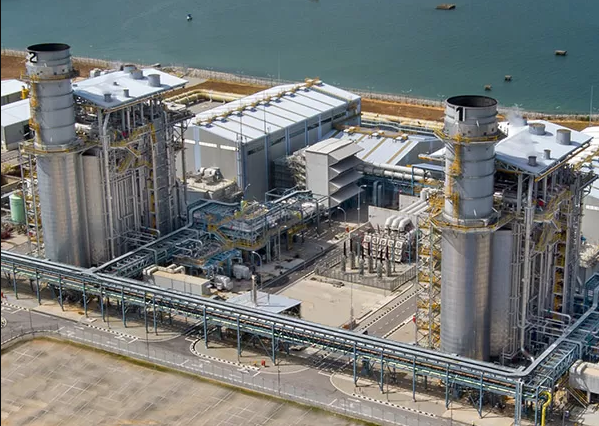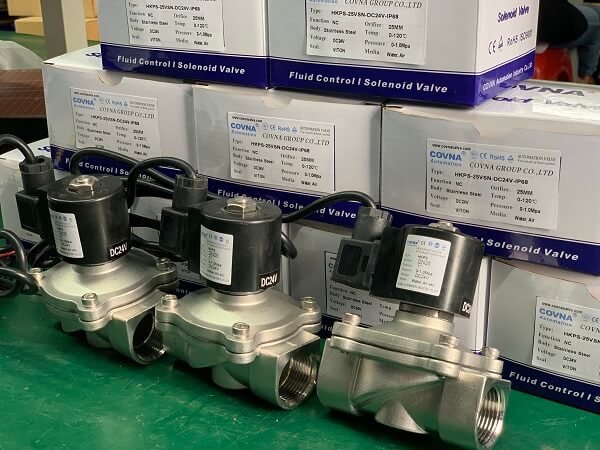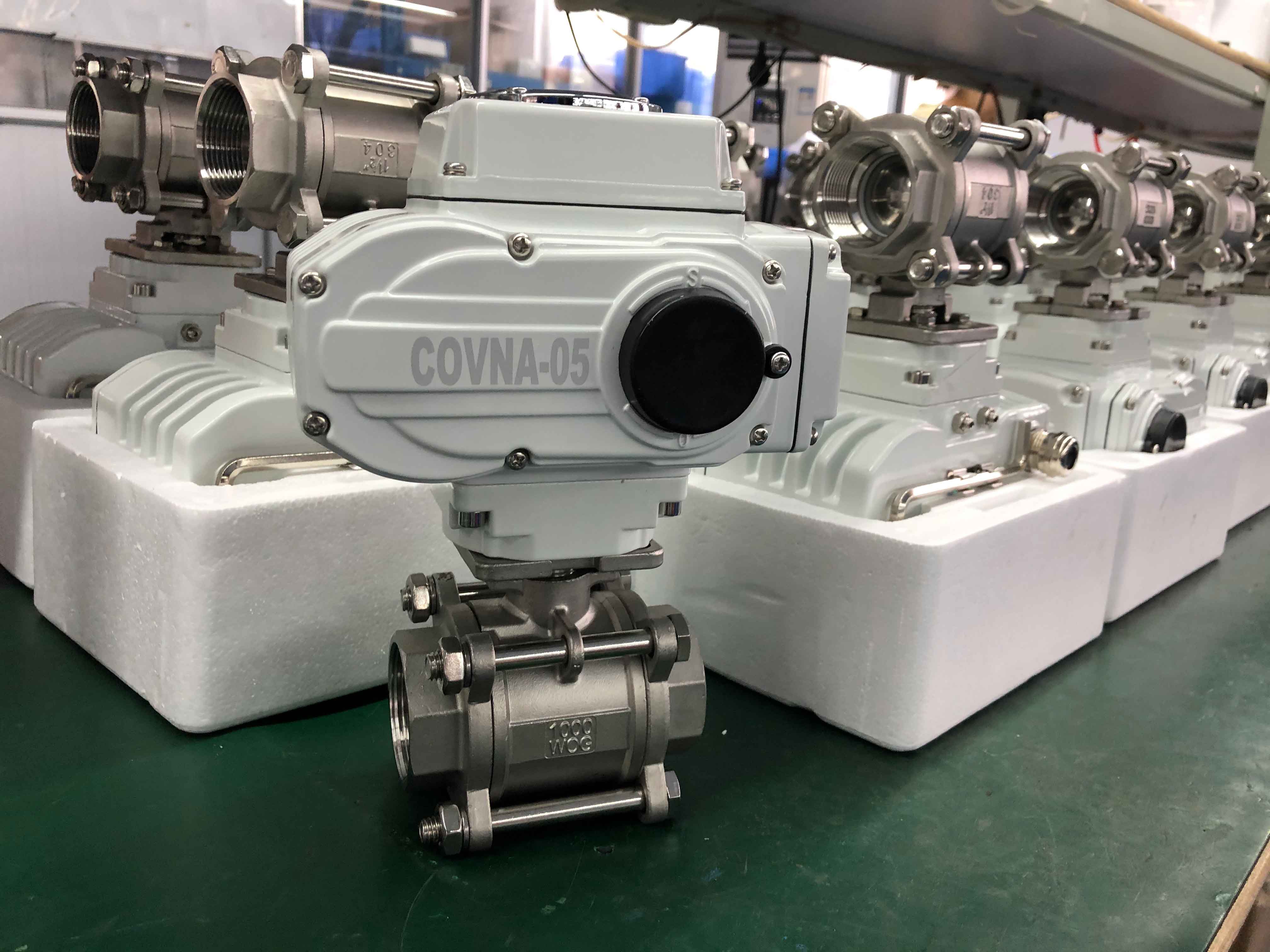Green fuel cells have emerged as an innovative and promising technology for achieving sustainable energy systems. These fuel cells offer efficient and clean energy conversion, making them a key component of the transition towards a greener future. Within green fuel cell systems, valves play a crucial role in ensuring the safe and reliable operation of the fuel cells. This article explores the basics of green fuel cells, discusses the significance of valves in such systems, and highlights commonly used valve types.
Basics of Green Fuel Cells
Green fuel cells are devices that directly convert chemical energy into electrical energy via electrochemical reactions. The most common type is the proton exchange membrane fuel cell (PEMFC), which employs hydrogen and oxygen as reactants. The PEMFC consists of several layers, including the anode, cathode, and an electrolyte membrane. Hydrogen gas passes over the anode, where it undergoes oxidation and releases electrons. These electrons travel through the external circuit, producing electricity. On the cathode side, oxygen combines with electrons and protons (from the hydrogen side) to form water, the only byproduct of the reaction. The electrolyte membrane allows the transport of protons while preventing electron flow, thus creating an electric potential.
The Role of Valves in Green Fuel Cells
Valves are integral components in green fuel cell systems, ensuring proper functioning and efficiency. Firstly, valves regulate the flow of reactants, such as hydrogen and oxygen, into the fuel cell stack. By precisely controlling the reactant flow rates, valves help maintain the optimal operating conditions for efficient energy conversion.
Secondly, valves play a critical role in managing the distribution of coolant and heat within fuel cell systems. They control the flow of cooling fluids, preventing overheating and ensuring the optimal temperature range for the fuel cell stack. Proper management of temperature is crucial to maintaining performance, extending system lifespan, and preventing thermal degradation.
Valves also contribute to safety in fuel cell systems. Pressure relief valves are employed to prevent over-pressurization, ensuring system integrity and protecting against potential failures. These valves automatically open when pressure exceeds a specified limit, allowing the release of excess gas and preventing damage.
Commonly Used Valve Types for Green Fuel Cells
Various valve types find applications in green fuel cell systems. Some commonly used valves include:
Solenoid Valves
Solenoid valves utilize an electromagnetic coil to actuate the valve, controlling the flow of gases or liquids within the fuel cell system.
Electric Actuated Ball Valves
These valves use electric actuators to operate a ball valve mechanism, allowing precise control over fluid flow and direction.
Proportional Control Valves
Proportional valves modulate flow rates based on electrical input signals, enabling dynamic control over reactant distribution and reactant stoichiometry within the fuel cell system.
Pressure Relief Valves
Pressure relief valves protect against excessive pressure by venting gases when the system reaches a predetermined threshold. They ensure the safety and integrity of the fuel cell system.
As an introduction to green fuel cells and the role of valves in sustainable energy systems, we invite you to take the following actions and explore the excellent products and services offered by COVNA.
Let us take action together and unlock new possibilities. COVNA, your reliable valve partner!
Post time: Jul-27-2023







